Everteam: EDM to Information Governance (part 1)
EverTeam-Rédacteur
16 November 2022
Since its origins, Everteam’s business has been focused on the publishing of document and information management software.
All organizations have documents and files that need to be managed, but when Everteam was founded in 1990, the market demand was for static files and documents that needed business management solutions.
What does EDM means
As one of the pioneer publishers of Electronic Document Management (EDM), Everteam offered its market an effective solution enabling the company to
- to dematerialize its internal processes
- centralize the data, files and documents associated with these business processes in a single system.
EDM : definition by Technopedia
The EDM application had an advantage, especially in the event of a control or audit: all the information was gathered and structured in one place. Everyone had efficient access to what they needed, and administrators were able to open or limit certain accesses.
The main benefits of EDM were:
- consolidation of the Information System
- the ability to manage, store and send the right documents to the right departments and people in a timely manner.
From EDM to digital content
The rapid evolution of data formats and the exponential multiplication of electronic media has transformed the EDM market. Gone were the days of managing simple static text files and documents, the time had come to manage documents published online that included not only text but also multimedia and digital content – images, videos, audio files, etc.
The electronic document has evolved into digital content.
Taking this change into account, Everteam, like many other EDM players, has extended its scope of activity to Enterprise Content Management (ECM).
While relevant for classifying digital content and enforcing business rules, ECM software faces many new challenges:
- Increase in the amount of data stored
- Increase in the number of data sources and their use
- Increased transmission and dissemination channels.
Over the last decades, not only the amount of data stored, but also the number of data sources, their use, as well as the channels of transmission and dissemination, have increased exponentially.
- The elements arrive from now on by more and more varied channels: emails, mails, file exports, etc. but also and especially notifications, transmissions from portals/business applications, etc. because the accent has been put on the productivity of the businesses.
- Employees and customers transmit information, regardless of its origin, modify it (nothing is static anymore), and expect increasingly rapid responses and processing
- We are more and more mobile at work, we consult our email and professional applications from our phone, our tablet, our dashboard … we work on the move, we no longer work only from our office (telecommuting, etc.), …
- These new work environments have made information, and in particular personally identifiable or strategic information, one of the main targets of cybercriminals, making data security and confidentiality a priority for companies.
This leads to not only storing information, but also to knowing how to define it (in terms of the level of access required, whether it is strategic or not, personal or not, etc.), ensuring that it is reliable and remains so (therefore unique) and updated to be sure to use the right version and to know how to trace it in order to respond to the following issues:
- For what purpose is it collected, who should have access to it?
- For what treatment?
- How long does it make sense to keep this information?
- What is the purpose of the documents managed? are they easily found? are they searched? are they used?
- How is the exchange of documents and content organised?
- Are the documents and contents dynamic, with frequent enrichment and evolution?
- How is new content created? In what form?
- Can this writing/creation process be changed? If so, who can do it, when?
- …
By asking these questions, it becomes clear that the challenge is no longer simply to classify/manage but to better identify/qualify/classify internal information assets and to trace their circulation.


